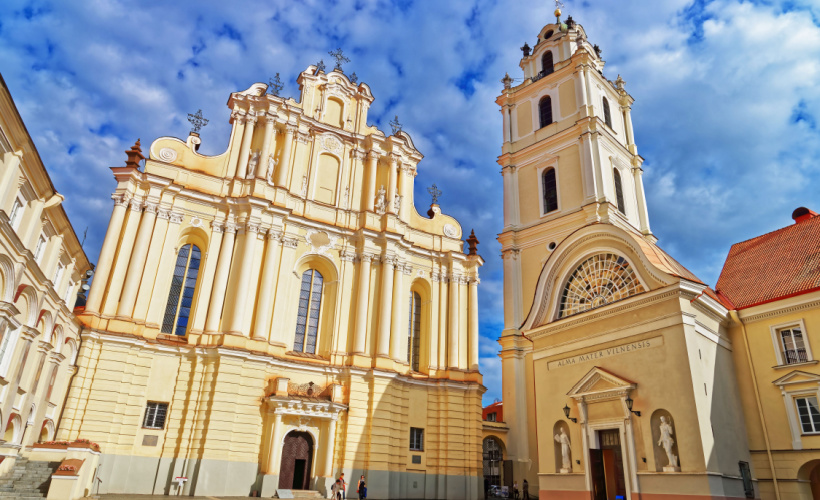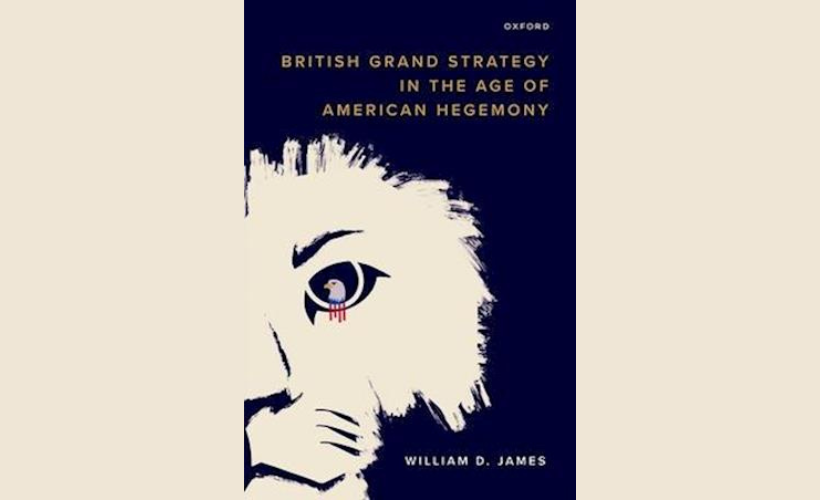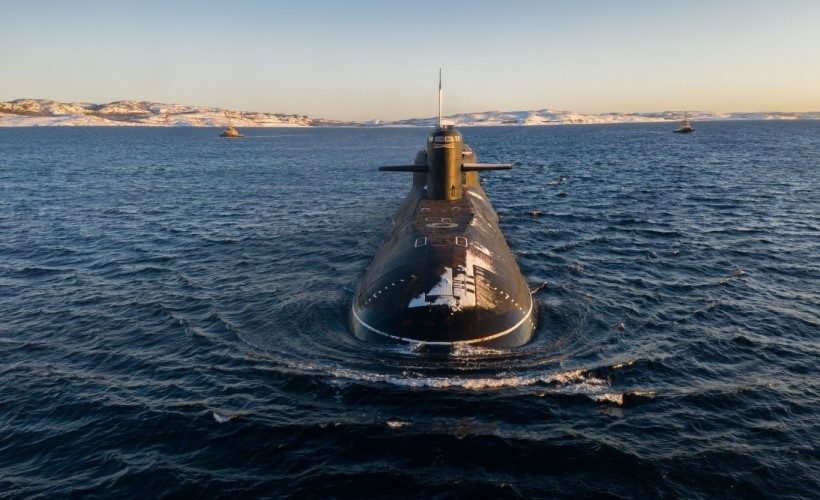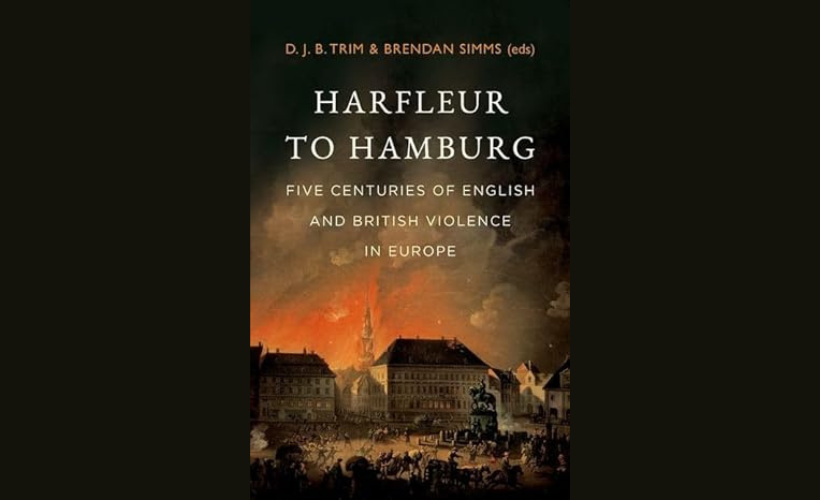The Polish-Lithuanian Commonwealth filled the map from the Eastern Baltic to the Black Sea during the early modern period, after the 1569 Union of Lublin solidified a personal union between the Kingdom of Poland and the Grand Duchy of Lithuania. As well as the titular territories, the Commonwealth also encompassed a diverse set of communities, including Ukraine, Ruthenia, parts of Livonia, and, in its early days, the Duchy of Prussia. Forming such a union required balancing Polish, Lithuanian and Ruthenian interests, as well as a long-standing proclamation of religious toleration.
The Commonwealth is especially noteworthy for its political culture. Although headed by a monarch, the nobility wielded the greatest agency, leading to the Commonwealth’s characterisation as a ‘Republic of Nobles’. The noble szlachta elected the king, possessed the right to individually veto legislation and formed confederations to force through political agendas. The so-called ‘Golden Liberty’ attracted praise and condemnation in equal measure. Supporters marvelled at the equality amongst nobles, whilst detractors labelled it as anarchy. In 1791 and under threat of damaging foreign interference, King Stanisław II August Poniatowski, launched the 3 May constitution which reined back many noble powers and rearranged the Commonwealth into more of a constitutional monarchy.
The geopolitical success of the Commonwealth is also a controversial issue. Poland-Lithuania experienced many highpoints including the brief capture of Moscow in 1610, and the famous repelling of the Ottomans from Vienna in 1683. Nevertheless, it is argued that the Commonwealth often suffered from stagnation and vulnerability to its absolutist neighbours, starkly illustrated when it was eventually carved up by Russia, Prussia and the Habsburg Empire. After the First World War, when Poland and Lithuania gained independence, federal arguments romanticising the Commonwealth from figures such as Józef Piłsudski lost out to nationalist conceptions. Nowadays, the debate about the weakness or strength of the Commonwealth is linked, perhaps anachronistically to federal ideas about Europe, as well as the Three Seas Initiative.
This webinar will feature experts of the Polish-Lithuanian Commonwealth and ask what the legacy of this early modern polity is, whether it can be seen as a successful geopolitical entity, and whether it holds importance for Baltic history, as well as that of Central-Eastern Europe.
Speakers:
Professor Richard Butterwick-Pawlikowski, Professor of Polish-Lithuanian History at the School of Slavonic and East European Studies, UCL. Author of ‘The Polish-Lithuanian Commonwealth 1733-1795: Light and Flame’ (2020) and Principal Historian of the Polish History Museum in Warsaw.
Professor Robert Frost, Burnett Fletcher Chair in History at the Univeristy of Aberdeen. Currently writing volume two of the ‘The Oxford History of Poland-Lithuania’, with volume one, ‘The Making of the Polish-Lithuanian Union, 1385-1569’, having been published in 2015.
Dr Anna Kalinowska, Senior Researcher in the Institute of History at the Polish Academy of Sciences. Head of Publishing and Digital Resources at the Polish History Museum, as well as Head of Historical Research at the Royal Castle, both in Warsaw. Anna is an expert in early modern diplomacy and news in the Polish-Lithuanian Commonwealth and Western Europe.
Chair: Dr John Freeman, former Research Assistant, Centre for Geopolitics and historian of the Duchy of Courland







